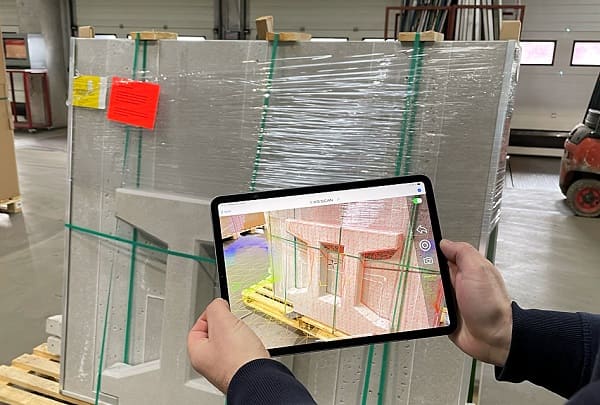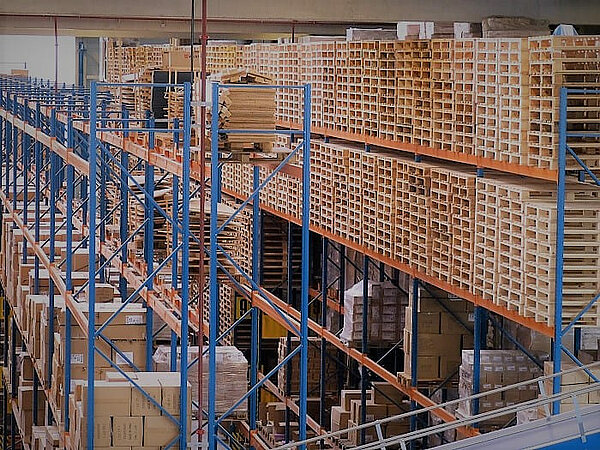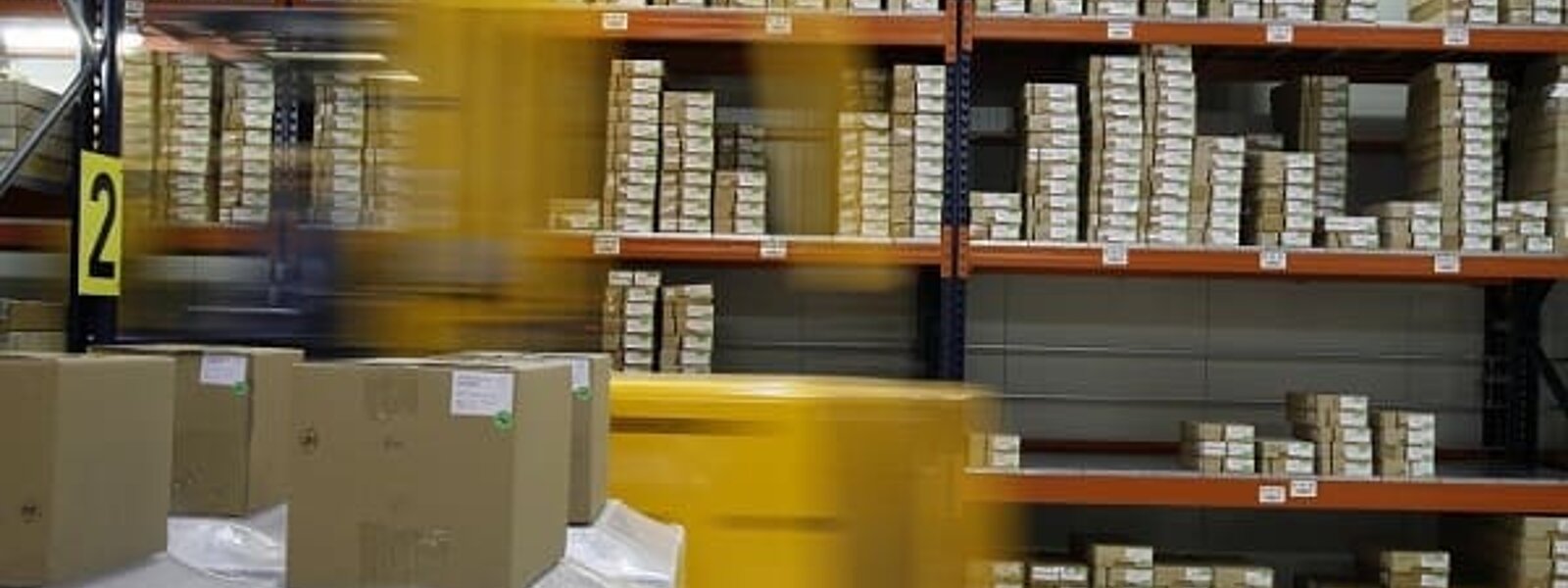Opportunities of digitalization in logistics
Digitization has taken hold of the logistics industry and is changing the way companies transport and store their goods. Even more, the constant pressure to further optimize work processes in order to remain competitive in the future makes the digitization of business processes in logistics imperative. From shipment recording and packaging planning to damage documentation and employee onboarding, there is hardly an area in logistics that cannot be made more efficient and accelerated with the transformation to digital solutions. But what do solutions look like in concrete terms? Is the use of these applications also worthwhile for small and medium-sized logistics companies? How costly is a changeover?

Digital logistics may sound abstract, but the ability to digitally capture and map reality holds enormous practical potential for the handling of goods and shipments - meaning reducing costs, optimizing the use of your ressources and speeding up. Whether in the
- shipment entry
- individual packaging planning
- damage documentation
- hall measurementsor
- the visualization of racking systems, for example:
The automation in transport logistics associated with the use of digital solutions and technologies speeds up and simplifies workflows. In addition, resources can be better utilized, also in terms of sustainability, by making optimum use of existing space in the warehouse or on means of transport.
While logistics giants have long been pioneers in the field of digitization, smaller and medium-sized companies inevitably shy away from the high hurdle to enter the world of digital logistics: in addition to high capital investment, customized solutions usually also require intensive employee training and costly system conversions.
This is where Spacific's flexible and end-to-end standard solutions come in. As COTS "off the shelf", the app-based solutions are inexpensive to purchase, can be used immediately and are intuitive to use.
XR Logistics, the measurement and shipping app for general cargo, significantly simplifies and accelerates the shipment task: After a short scan of the package using LiDAR (available in popular smartphones and tablets), not only the exact dimensions and shape of the shipment are forwarded to the logistics partner, but also all other data relevant to planning: Pickup location, recipient address, weight, stackability and shipment tracking, end-to-end in a smart app.
So not only is the shipment task completed in half the time, frequent queries are also a thing of the past.
The age of folding rule, piece of paper and pencil is over. The ability to measure digitally not only speeds up and simplifies measurement considerably, for example in packaging planning, it also massively reduces the error rate:
- Instead of manually noting the dimensions of unusually large or shaped shipments, XR Scan captures each object completely digitally and immediately converts the measurement results into a 3D model - without point clouds, without post-processing.
- Since no specialized personnel are required to use it, pathways are eliminated: sales and field staff no longer need to measure at the customer's site; anyone can perform the scan and transmit the data to the packaging engineer.
- The end-to-end business process solution based on an app is at the same time intuitive to use, uncomplicated to integrate, and flexibly adaptable to individual needs and measurement requirements.
Not only in planning, but also in the course of documentation, XR Scan delivers better results in less time, for example when transporting containers or expensive goods such as jet engines. The fast and fully digital scan makes it easy for you to prove that the goods left the warehouse in perfect condition.
For documentation purposes, you can also add as many photos as you like to the measurement results, all handled in one process.


Digital measurement with XR Scan is also suitable for measuring rooms and buildings, for example when planning, expanding or converting storage areas and halls.
With an accuracy suitable for industrial production, an intelligent 3D model in various file formats is available to you directly after scanning as a basis for planning.
Spacific's standard solutions also deliver augmented reality at the push of a button. Logistics providers benefit in several ways from integrating virtual content into real environments via XR Scene App:
- to visualize racking systems or facilities within the company - for planning, coordination, or training
- to convince customers and partners effortlessly, with true-to-scale and detailed objects that fit into any briefcase
- with presentations and trade fair appearances, where even the most complex systems appear lifelike, as large as you like and within reach


Spacific's AR visualization solutions, XR Scene App and XR Scene Web, support logistics companies at even more points: The ability to add virtual content to reality can be used for more efficient navigation and guided picking in the logistics center. It also adds a new dimension to onboarding and training. The digital added value of augmented reality can be accessed app- or web-based.
We are convinced that the use of digital standard solutions is crucial, especially for SMEs in logistics, in order to remain competitive. And you? If you have any questions about how digitalized logistics can also be implemented in your company, please do not hesitate to contact us, our AR experts will be happy to help.

